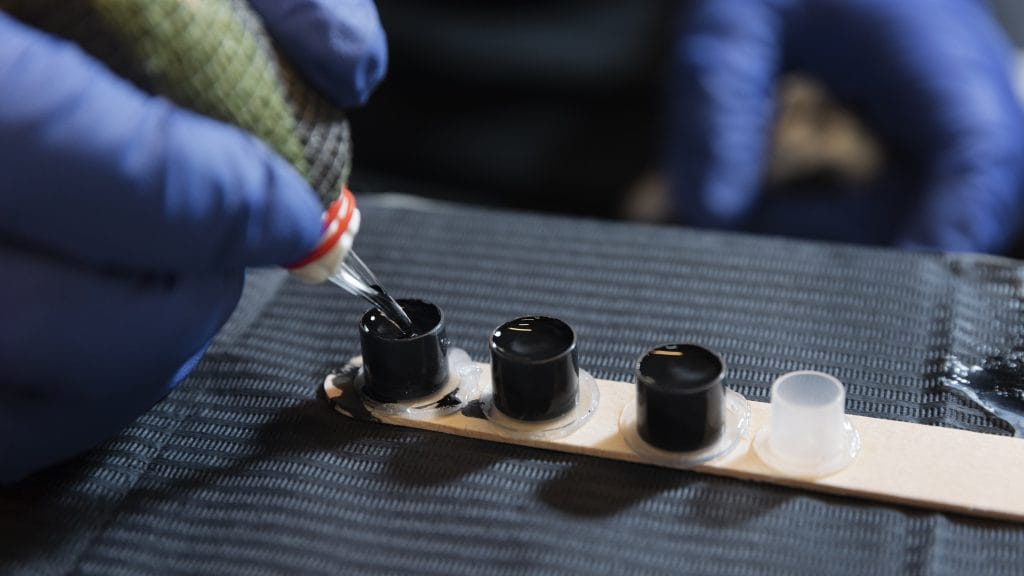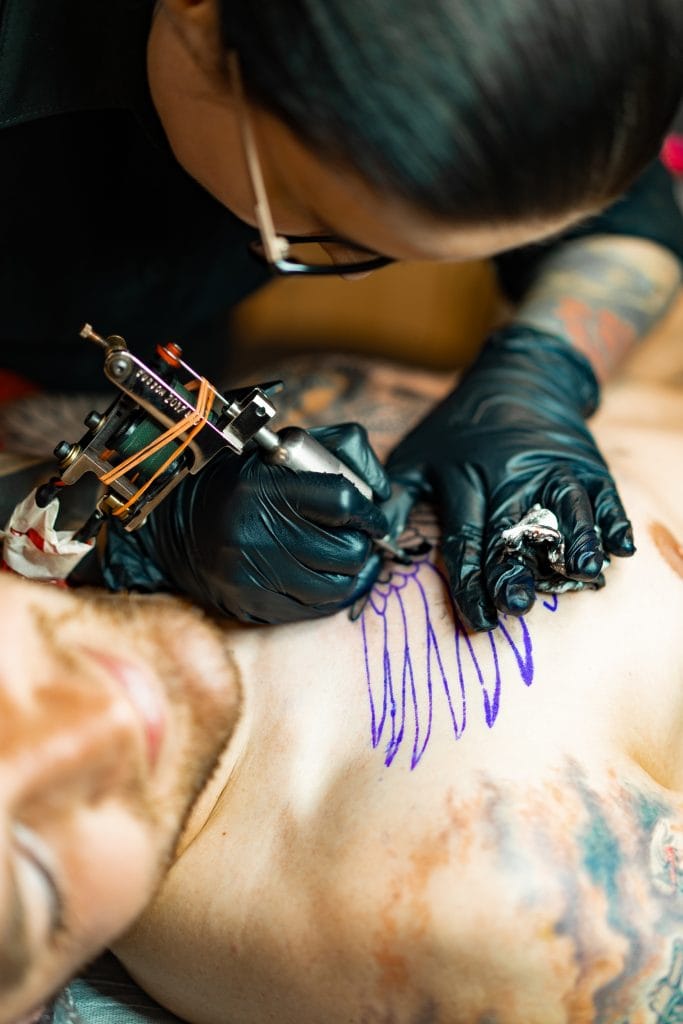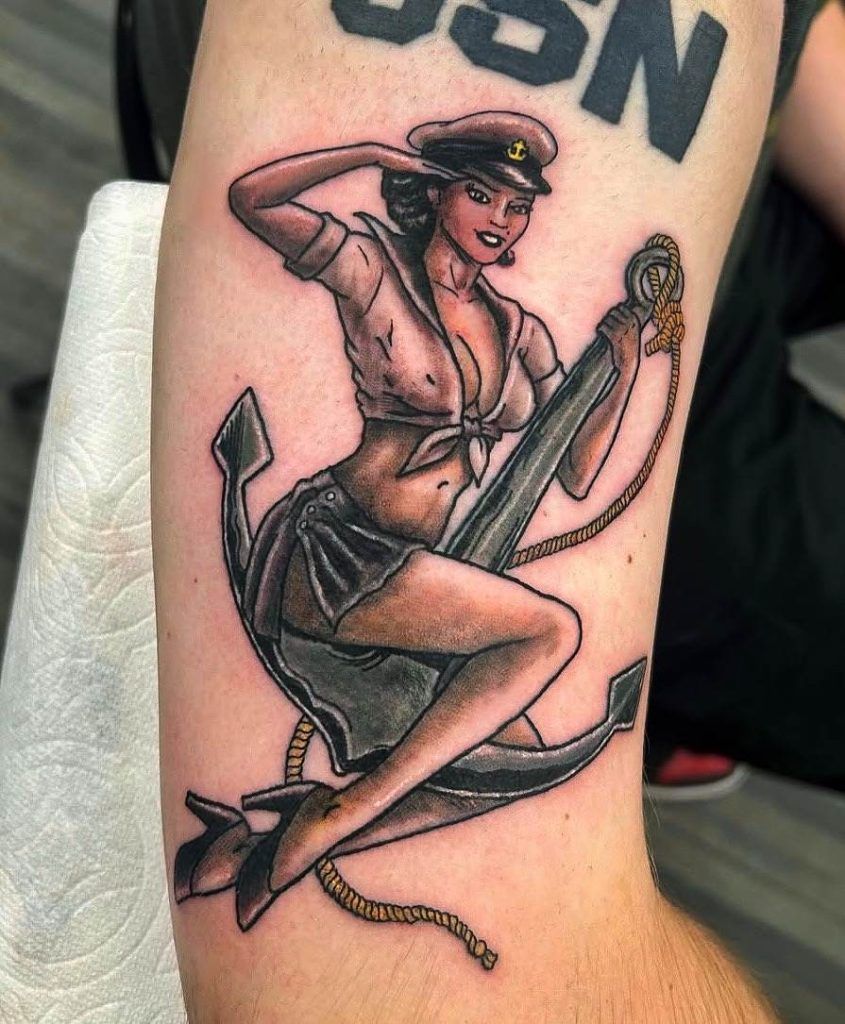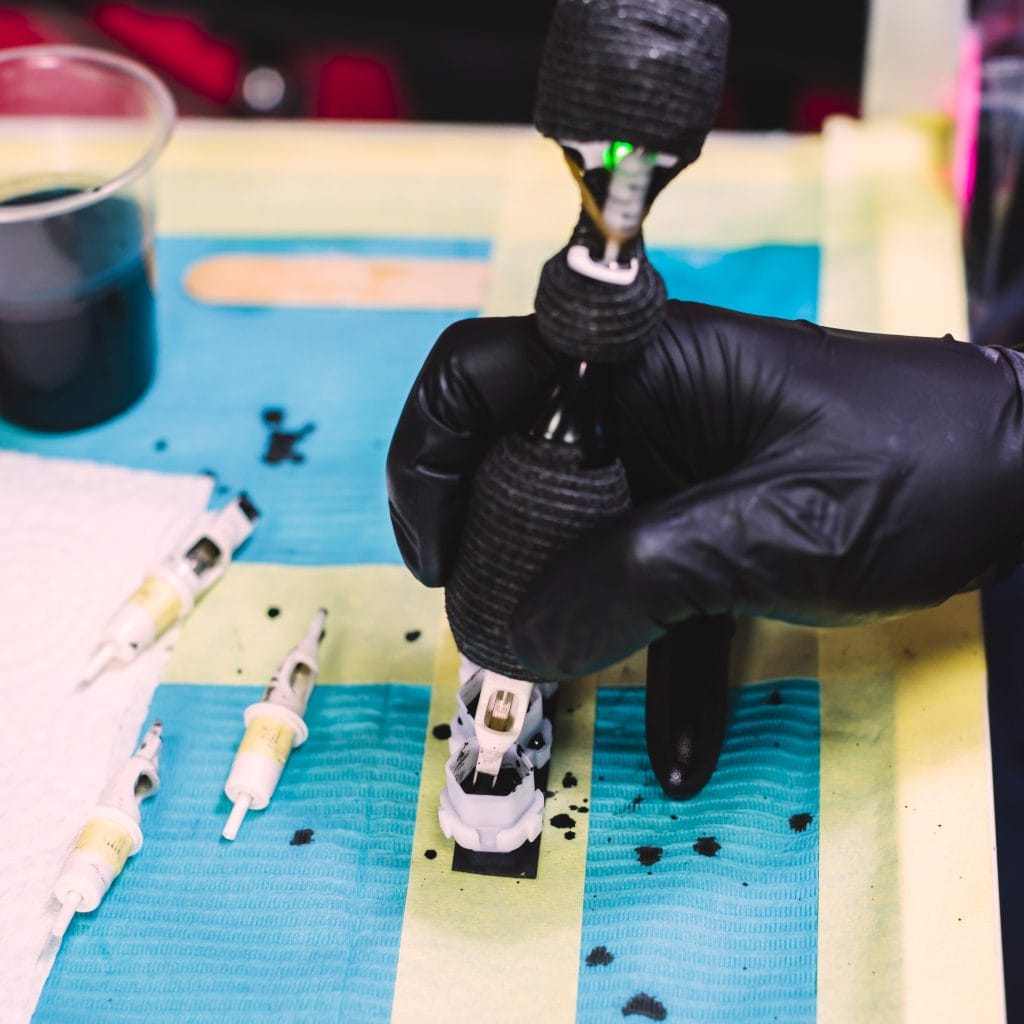Scar tissue forms as a natural part of the body’s healing process after an injury, surgery, or trauma. Unlike regular skin, scar tissue is composed of a different arrangement of collagen fibers, which can make it thicker, less elastic, and sometimes discolored. This unique structure can affect how tattoos appear on scarred skin.
The texture and color of the scar can influence the ink’s absorption and the overall outcome of the tattoo. Understanding these differences is crucial for anyone considering getting tattooed over scars, as it sets the stage for what to expect during the tattooing process. When contemplating a tattoo over scar tissue, it is essential to recognize that not all scars are created equal.
Some may be raised or keloid scars, while others might be flat or indented. Each type presents its own challenges and opportunities for tattooing. For instance, raised scars may require different techniques to ensure that the ink adheres properly and that the design remains clear over time.
Additionally, the sensitivity of scar tissue can vary significantly from person to person, which can impact the pain experienced during the tattooing process. Therefore, a thorough understanding of scar tissue is vital for both the artist and the client to achieve the best possible results.
Key Takeaways
- Scar tissue is different from regular skin and may require special techniques for tattooing
- Techniques for tattooing over scars include using different needle sizes and adjusting the depth of the tattoo
- The healing process for tattoos over scars may take longer and require extra care to prevent complications
- Tattooing over scars can have a positive emotional impact by helping individuals reclaim their bodies
- Risks and considerations for tattooing over scars include potential for uneven healing and color retention issues
Techniques for Tattooing Over Scars
Tattooing over scars requires specialized techniques to ensure that the final artwork is both aesthetically pleasing and long-lasting. One common approach is to use lighter ink colors or softer shading techniques, as these can blend more seamlessly with the irregularities of scar tissue. Artists may also opt for larger designs that can encompass the scar rather than trying to work around it.
This method not only helps in camouflaging the scar but also allows for creative freedom in design, transforming a potentially negative aspect of one’s body into a unique piece of art. Another technique involves adjusting the needle depth and speed during the tattooing process. Scar tissue can be more sensitive than regular skin, so artists often need to be more cautious with their approach.
Some may choose to use a gentler touch or slower movements to minimize discomfort and ensure that the ink is deposited correctly. Additionally, artists might employ a technique called “blending,” where they incorporate elements of the scar into the design itself, creating a cohesive look that celebrates rather than hides the scar. This approach not only enhances the visual appeal but also fosters a sense of acceptance and empowerment for the individual.
Healing Process for Tattoos Over Scars
The healing process for tattoos over scars can differ significantly from that of tattoos on unscarred skin. Scar tissue may react differently to ink and trauma, leading to variations in healing time and outcomes. Typically, the initial healing phase lasts about two weeks, during which the tattoo will scab and peel as it begins to settle into the skin.
However, individuals with scar tissue may notice that their tattoos take longer to heal fully or that they require more attention during this period. It is crucial to monitor the healing process closely, as scar tissue can sometimes lead to complications such as excessive scabbing or uneven healing. Keeping the tattoo clean and moisturized is essential to prevent infection and promote optimal healing.
Artists often recommend specific aftercare products that are gentle yet effective for sensitive skin. Additionally, individuals should be aware that their tattoos may appear different during various stages of healing; colors may seem muted initially but will become more vibrant as the skin heals. Patience is key during this time, as rushing the healing process can lead to unsatisfactory results.



Emotional Impact of Tattooing Over Scars
The decision to tattoo over scars often carries significant emotional weight. For many individuals, scars serve as reminders of painful experiences or traumatic events in their lives. By choosing to cover these scars with tattoos, they are not merely altering their appearance; they are reclaiming their bodies and narratives.
This transformative act can foster a sense of empowerment and healing, allowing individuals to redefine their relationship with their scars. Moreover, tattoos can serve as a form of self-expression and storytelling. Each design can symbolize resilience, strength, or personal growth, turning what was once a source of shame or discomfort into a badge of honor.
The emotional journey associated with this decision can be profound, as individuals often find themselves reflecting on their past while simultaneously looking forward to a brighter future. The act of tattooing over scars can be cathartic, providing an opportunity for closure and acceptance.
Risks and Considerations for Tattooing Over Scars
While tattooing over scars can be a rewarding experience, it is not without its risks and considerations. One primary concern is the potential for adverse reactions due to the unique nature of scar tissue. Some individuals may experience heightened sensitivity or allergic reactions to certain inks, which could lead to complications during or after the tattooing process.
It is essential for clients to communicate openly with their tattoo artist about any known allergies or sensitivities before proceeding. Additionally, there is always a risk that the tattoo may not heal as expected on scar tissue. Factors such as skin type, age, and overall health can influence healing outcomes.
Some tattoos may fade more quickly on scarred skin or require touch-ups sooner than anticipated. Therefore, it is crucial for individuals to have realistic expectations about their tattoos and understand that additional care may be necessary to maintain their appearance over time.
Finding a Skilled and Experienced Tattoo Artist
Choosing the right tattoo artist is one of the most critical steps in ensuring a successful tattooing experience over scars. Not all artists have experience working with scar tissue, so it is essential to seek out someone who specializes in this area. Researching portfolios and reading reviews can provide insight into an artist’s skill level and style.
A good artist will not only have technical expertise but also an understanding of how different skin types react to ink. During consultations, potential clients should feel comfortable discussing their scars and any concerns they may have about the tattooing process. A skilled artist will take the time to listen and provide guidance on design options that will work best with the individual’s unique skin characteristics.
They should also be able to explain their techniques for working with scar tissue and address any questions regarding aftercare and healing expectations.

Aftercare for Tattoos Over Scars
Proper aftercare is crucial for ensuring that tattoos over scars heal well and maintain their vibrancy over time. After getting tattooed, individuals should follow their artist’s specific aftercare instructions closely. This typically includes keeping the area clean and moisturized while avoiding direct sunlight and soaking in water for an extended period.
Using fragrance-free products designed for sensitive skin can help minimize irritation during the healing process. Monitoring the tattoo for any signs of infection or unusual reactions is also essential. If any redness, swelling, or discharge occurs beyond what is typical during healing, it is important to consult a healthcare professional promptly.
Additionally, individuals should be prepared for potential touch-ups after the initial healing phase, especially if they notice fading or unevenness in areas where scar tissue was present.
Celebrating and Embracing Your Scarred Skin with Tattoos
Ultimately, tattooing over scars can be a powerful way to celebrate one’s journey and embrace individuality. Rather than viewing scars solely as blemishes or reminders of past pain, many individuals find strength in transforming them into art that tells their story. Tattoos can serve as symbols of resilience and personal growth, allowing people to reclaim their bodies in a way that feels empowering.
By choosing to adorn scarred skin with meaningful designs, individuals can foster a sense of pride in their experiences rather than shame. This act of self-acceptance can lead to greater confidence and a renewed appreciation for one’s body as a canvas of life’s journey. In this way, tattoos become more than just ink on skin; they become powerful affirmations of survival and strength, celebrating every aspect of who we are—scars included.




